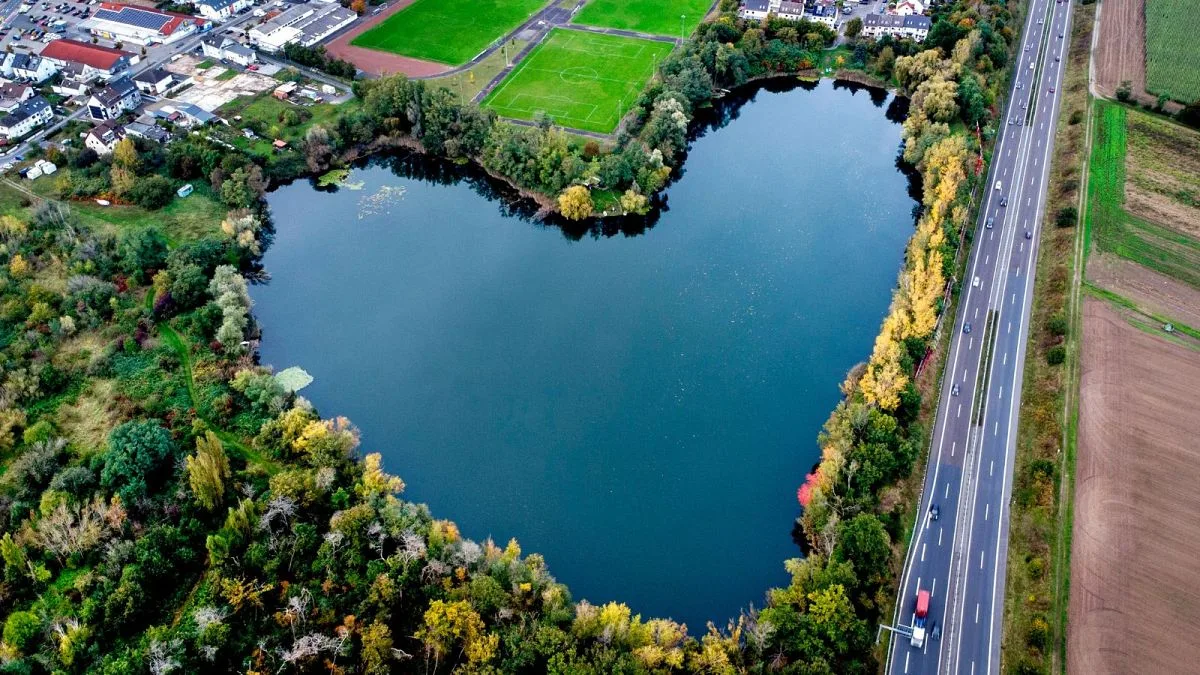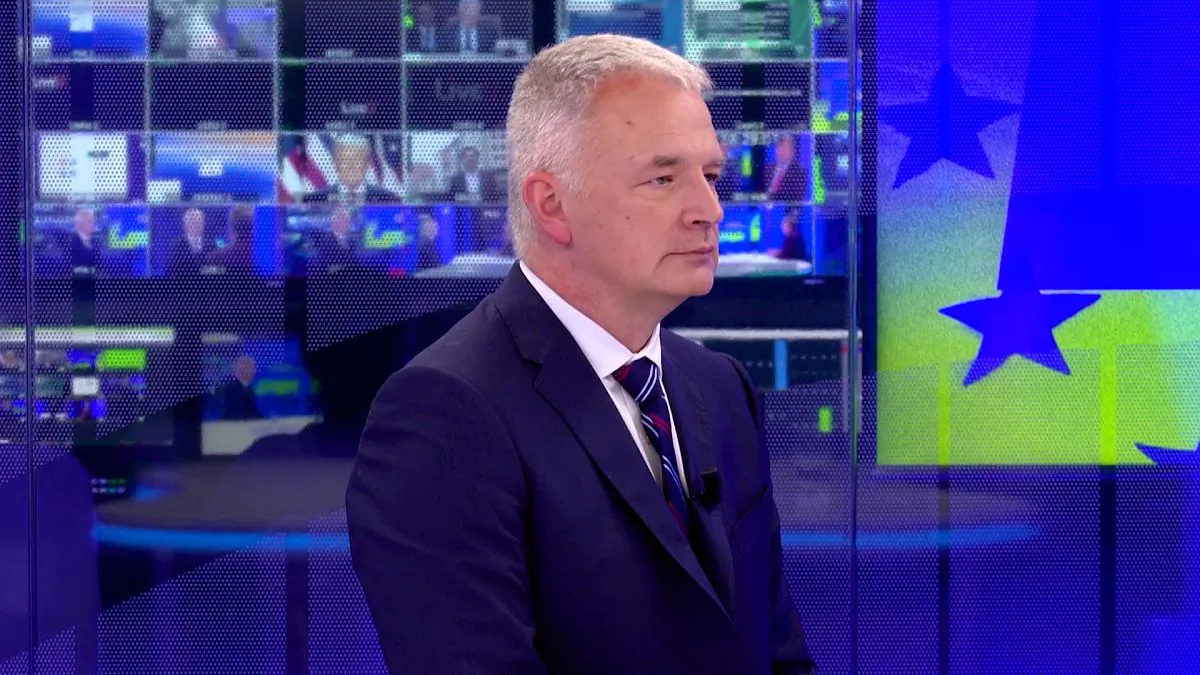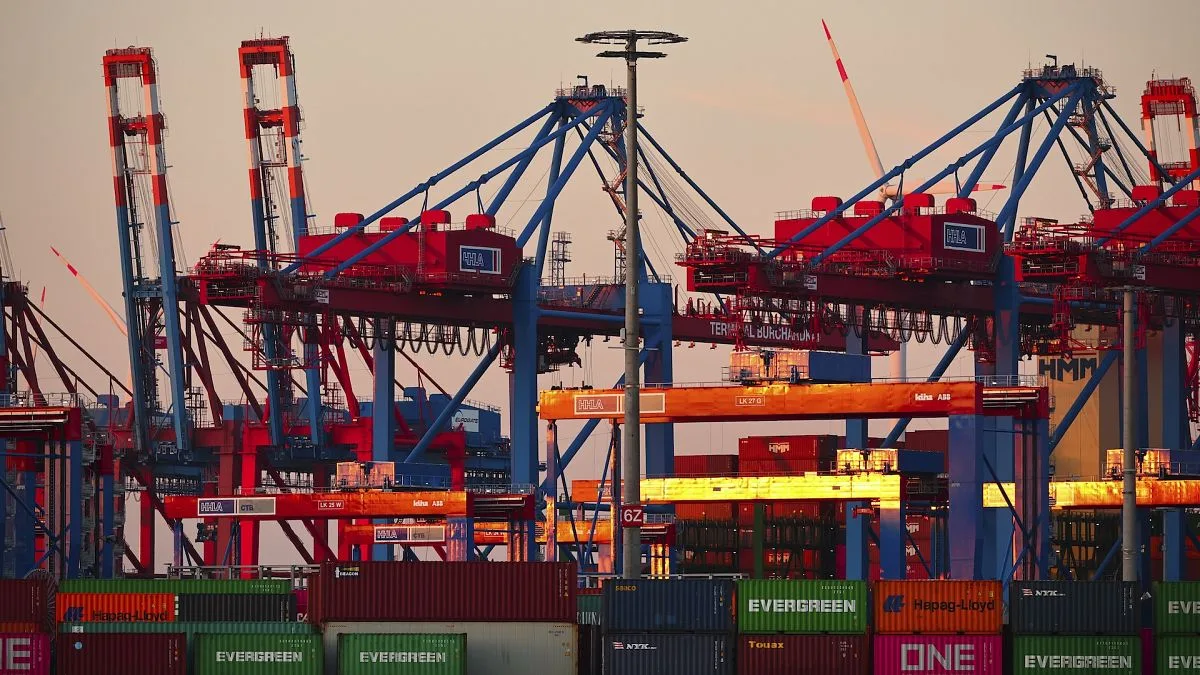Greenpeace emphasizes that all eyes will be on the EU as it strives to fulfill its global commitments.
Next week marks the start of the UN biodiversity conference, occurring two years after the historic agreement at the previous summit aimed at safeguarding 30 percent of nature by 2030, known as the 30×30 initiative.
COP16, the sixteenth conference of the parties to the Convention on Biological Diversity (CBD) established in 1992, is set to take place in Cali, Colombia, from October 21 to November 1.
Following the landmark agreement of the ‘30×30’ targets established at COP15, the primary focus now shifts to how nations can actualize this commitment within the next six years.
“This event is a significant opportunity for one of the world’s most biodiverse nations,” asserts H.E. Susana Muhamad, Colombia’s Minister of Environment. “It sends a powerful message from Latin America about the urgency of climate action and safeguarding life.”
As of this Tuesday, only 25 countries and the EU had submitted their action plans regarding the protection of the planet’s vulnerable ecosystems, as highlighted by analyses from CarbonBrief and The Guardian, ahead of the COP16 deadline for the 195 participating nations.
Historically, no targets set by UN biodiversity agreements have been met, but there is a heightened drive for action as the situation worsens: Earth has witnessed a dramatic 73 percent reduction in wildlife populations over the past 50 years, according to recent comprehensive studies. Addressing the biodiversity crisis is closely linked to tackling the climate crisis.
Key Agreements from COP15
The previous UN biodiversity conference held in Canada concluded with the Kunming-Montreal Global Biodiversity Framework (GBF) in December 2022. The main commitment established was to safeguard a minimum of 30 percent of the world’s land and water and to restore 30 percent of degraded ecosystems by 2030.
Often referred to as the “Paris Agreement for nature,” this framework also commits to eliminating or repurposing $500 billion (approximately €460 billion) in environmentally harmful subsidies, including those for fossil fuels.
Additionally, nations are called to collectively generate $200 billion (€184 billion) annually for conservation efforts from both public and private sectors. This includes a pledge from developed nations to provide $20 billion (€18.4 billion) per year to support developing countries by 2025, increasing to $30 billion (€28 billion) by 2030.
Governments have also agreed to take swift action to prevent species extinction, following alarming warnings from scientists concerning the onset of Earth’s sixth mass extinction event.
Although these commitments are not legally binding, nations are expected to show measurable progress on the GBF’s four main goals and 23 additional targets through national biodiversity plans.
The Emergence of New National Biodiversity Targets
New National Biodiversity Strategies and Action Plans (NBSAPs) must be submitted prior to the commencement of COP16.
“For these plans to succeed, they must outline strategies that protect and restore nature while also enhancing economies and ensuring that everyone has access to food, water, and essential resources,” writes Crystal Davis from the World Resources Institute (WRI).
It’s important to note that the ecological landscape varies significantly across the globe, influenced by the natural resources each country possesses and the political will to protect these resources.
WRI recognizes promising advancements in several of the world’s ‘megadiverse’ countries, which host around 70 percent of global biodiversity. For instance, Brazil — home to 60 percent of the Amazon rainforest — achieved a 36 percent reduction in forest loss last year under the leadership of President Luiz Inácio Lula da Silva. Similarly, Colombia saw a near 50 percent reduction in primary forest loss.
Despite these advances, the global research nonprofit estimates that an area nearly twice the size of India will be converted to agricultural use by 2050.
Among the 17 megadiverse countries, only five have submitted NBSAPs, according to the CarbonBrief count.
Highlighting Indigenous Rights
It is well acknowledged that ecosystems thrive best under the stewardship of their traditional custodians — Indigenous Peoples and local communities.
A recent report by the conservation organization Fauna & Flora reveals that local conservation initiatives typically have a more significant and lasting impact.
“Communities situated closest to biodiversity-rich areas often possess the most profound understanding of their local ecosystems, and this knowledge should be supported and amplified by conservation groups, governments, and other stakeholders, rather than disregarded,” states CEO Kristian Teleki.
With many calls echoing the need to recognize Indigenous communities’ rights in the Global Biodiversity Framework, COP16 now faces the challenge of translating this into actionable policies.
Crystal Davis from WRI’s Food, Land & Water program emphasizes the importance of securing land rights for Indigenous Peoples and local communities, including their insights and traditional knowledge in policymaking, and increasing financial resources to empower them as custodians.
Thus far, over a million supporters have rallied behind an Avaaz campaign advocating for the legal recognition of Indigenous Peoples’ territories, concurrently condemning the tragic murders of environmental defenders.
“The Biodiversity Crisis Didn’t Occur in Isolation”: Cooperation from COP16 to COP29
Experts underline the necessity for integrated solutions at COP16.
Given that the global food system is the largest driver of biodiversity loss, addressing our consumption patterns in a comprehensive and equitable manner is essential.
“Countries should weave together their nature protection policies with those governing food systems and water security in both their national biodiversity plans, which are due at COP16, and their national climate commitments (NDCs), expected early in 2025,” advises Davis.
“The biodiversity crisis is not an isolated issue; its causes are inherently linked to global climate and development challenges, and so too are their solutions,” she asserts.
The WWF also stresses that COP16 must lay the groundwork for better integration of nature into climate strategies at future climate COPs.
Throughout this agenda, advocates are looking to the EU for leadership and accountability.
“No more empty promises without tangible actions. The newly elected EU leaders and Commission must enact legislation that safeguards essential ecosystems, ensures clean water access, and provides nutritious food,” states Špela Bandelj Ruiz, Biodiversity Campaigner for Greenpeace Central & Eastern Europe.
“As the UN Biodiversity COP16 unfolds, representatives of the European Commission will be in the global spotlight, and everyone will be watching to see if they honor their global commitments and set the stage for effective implementation of targets at home, backed by sufficient funding.”
Photo credit & article inspired by: Euronews



